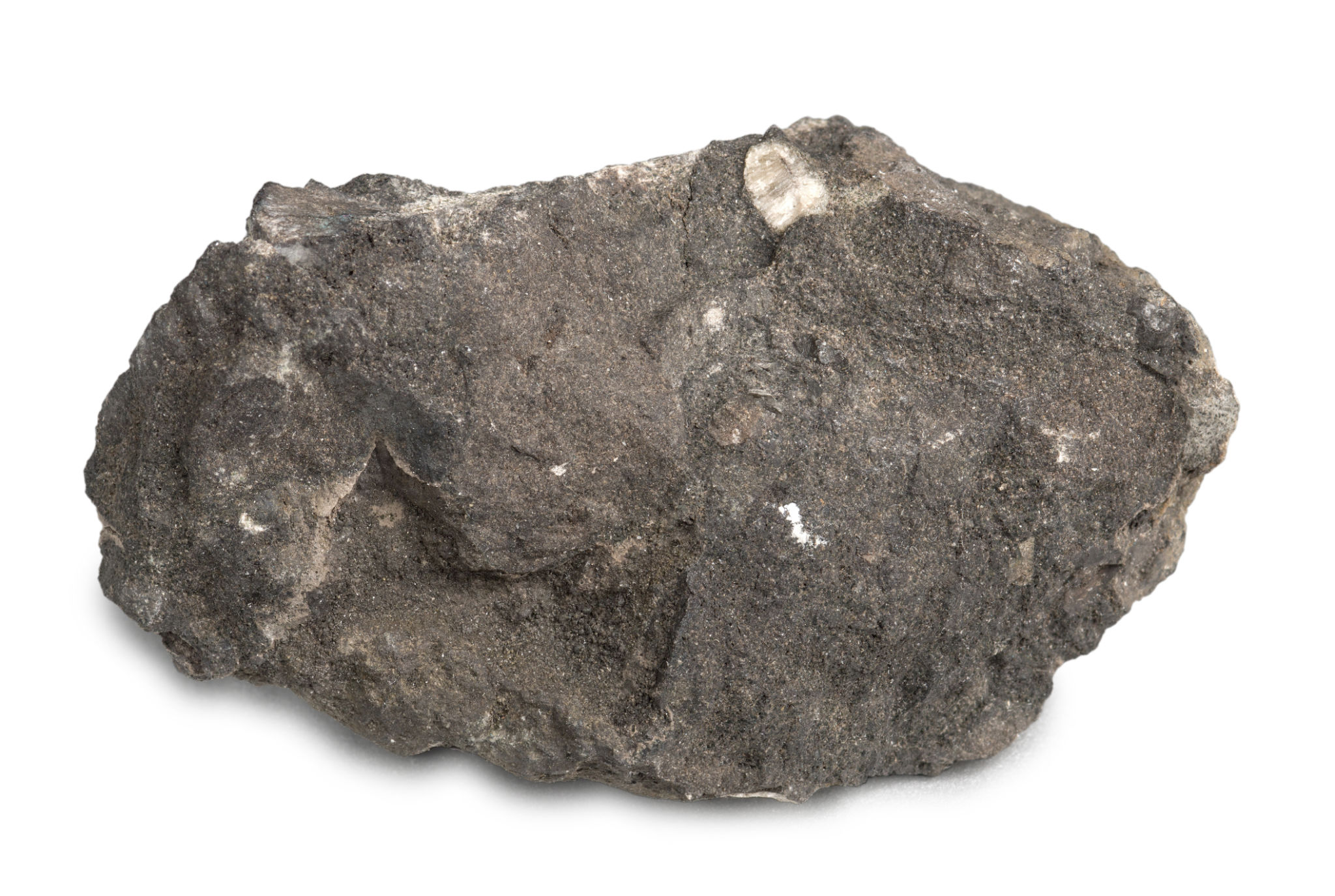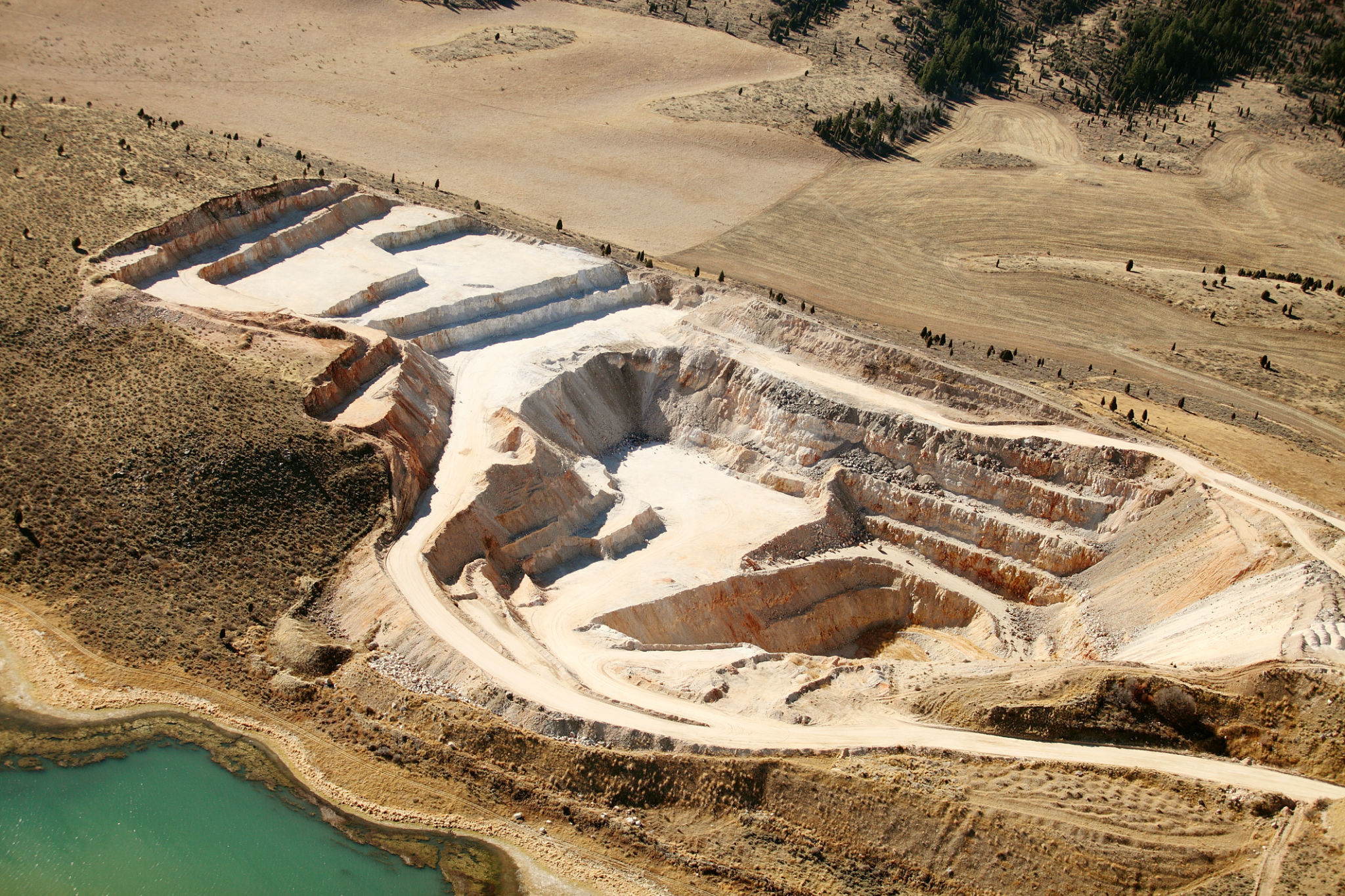The Role of Rock Phosphate in Sustainable Agriculture Practices
Understanding Rock Phosphate
Rock phosphate is a critical component in sustainable agriculture, serving as a primary source of phosphorus—an essential nutrient for plant growth. Unlike synthetic fertilizers, rock phosphate is a natural mineral that is mined and processed for use in agricultural practices. Its application helps to enhance soil fertility, leading to improved crop yields and sustainable farming.

The Importance of Phosphorus in Agriculture
Phosphorus plays a vital role in various plant functions, including energy transfer, photosynthesis, and nutrient movement within the plant. It is one of the three primary macronutrients necessary for plant health, along with nitrogen and potassium. A deficiency in phosphorus can lead to stunted growth and poor crop productivity, making it imperative to maintain adequate phosphorus levels in the soil.
Rock phosphate is particularly valued for its slow-release properties, which ensure a steady supply of phosphorus over time. This slow release minimizes nutrient runoff and leaching, thus reducing the environmental impact compared to synthetic fertilizers.
Sustainable Benefits of Rock Phosphate
Incorporating rock phosphate into sustainable agriculture practices offers numerous benefits. Firstly, it contributes to soil health by maintaining balanced nutrient levels and promoting beneficial microbial activity. These microbes help convert rock phosphate into forms that are more readily available for plant uptake.

Secondly, rock phosphate is cost-effective and environmentally friendly. Its natural origin means it requires less energy-intensive processing compared to synthetic alternatives. Moreover, its slow-release nature aligns well with organic farming principles, supporting long-term soil fertility and ecosystem balance.
Application Techniques for Optimal Results
To maximize the benefits of rock phosphate, it is important to apply it correctly. Farmers can use several techniques, including:
- Broadcasting: Spreading rock phosphate evenly across the field before planting.
- Banding: Placing rock phosphate in rows close to the seed or root zone for targeted nutrient delivery.
- Incorporation: Mixing rock phosphate into the soil to enhance root access and uptake.

These methods ensure that phosphorus is available to crops when needed, promoting healthy growth and development.
Challenges and Considerations
Despite its benefits, the use of rock phosphate in agriculture is not without challenges. The availability of high-quality rock phosphate reserves is limited, and extraction can have environmental implications. Additionally, its effectiveness can vary depending on soil pH and other factors affecting phosphorus availability.
Farmers must consider these factors when planning their fertilization strategies. Soil testing and expert consultation can help in determining the appropriate application rates and methods to optimize phosphorus utilization while minimizing environmental impact.
The Future of Rock Phosphate in Agriculture
As the agricultural industry moves towards more sustainable practices, rock phosphate will likely play an increasingly important role. Its potential to support organic farming and reduce reliance on chemical fertilizers makes it a valuable tool in promoting environmental stewardship and food security.

Ongoing research and innovation are essential to improving rock phosphate utilization and overcoming current limitations. By investing in sustainable agriculture technologies and practices, we can ensure a future where farming is both productive and environmentally responsible.
